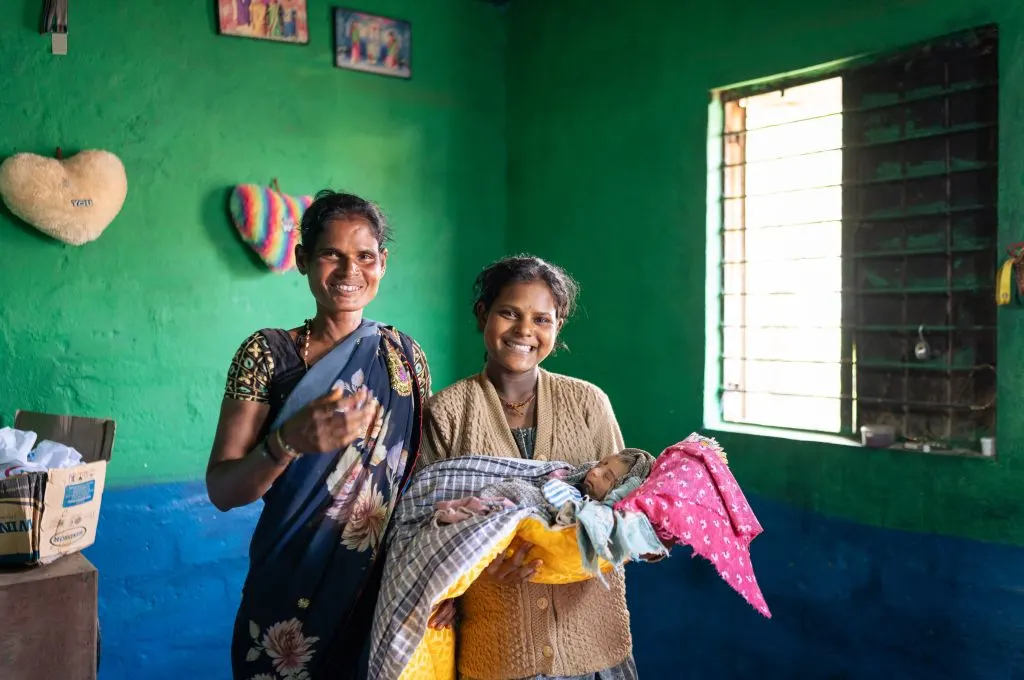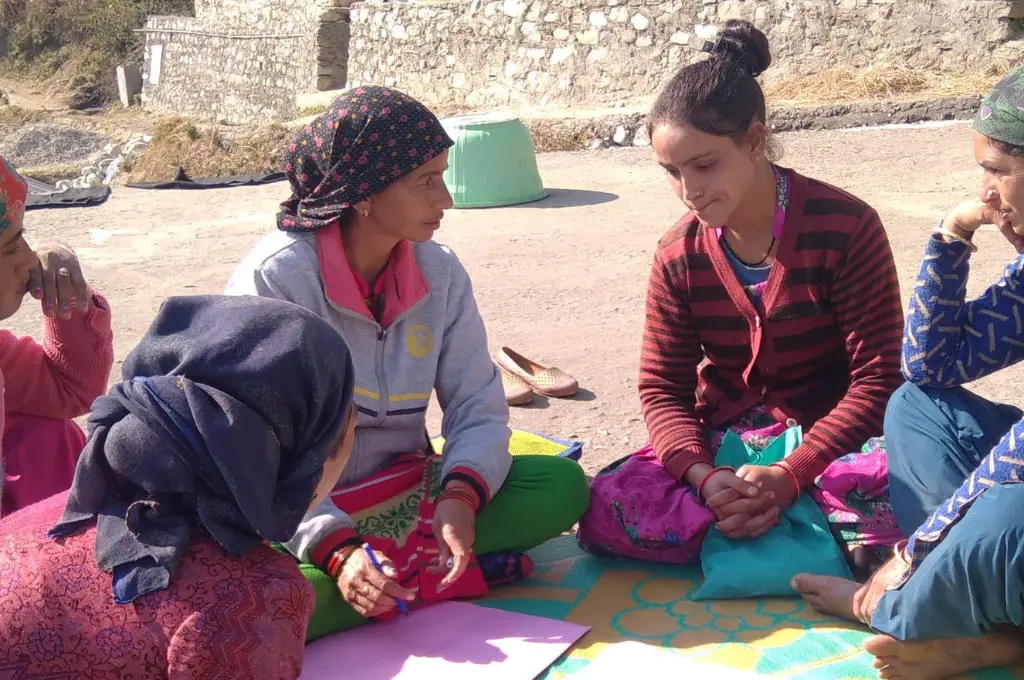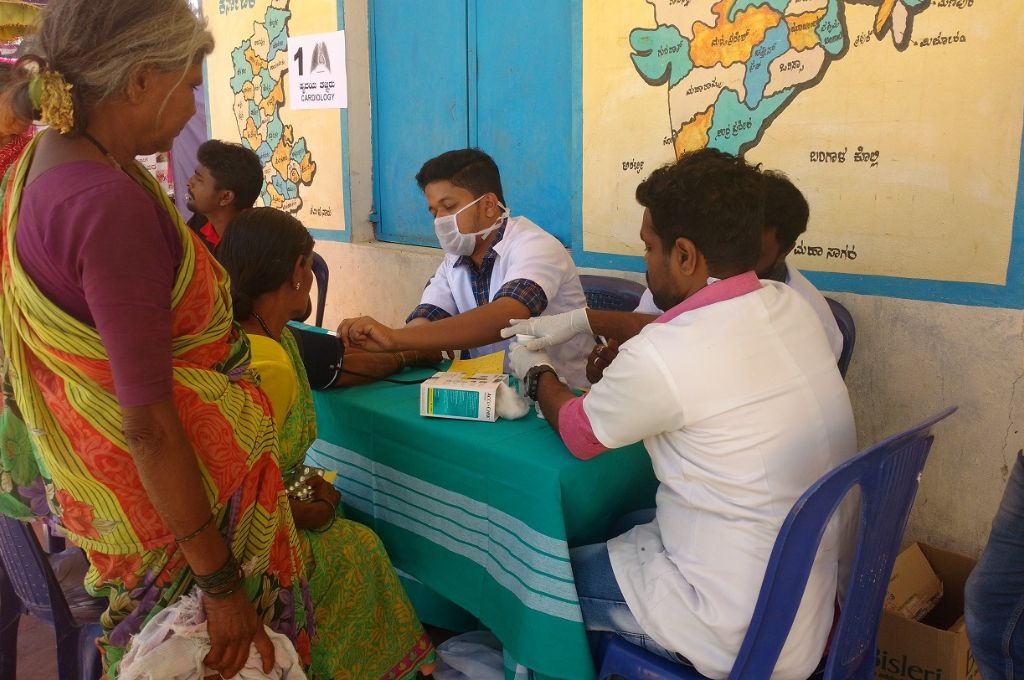To fully realise the mental health crisis that India faces in relation to COVID-19, one has to begin with recognising the very serious situation that existed even before the pandemic. The government’s National Mental Health Survey reported that about 10 percent of adults meet diagnostic criteria for a mental health condition (ranging from mood and anxiety disorders to severe mental illness). The Global Burden of Disease study estimated that nearly 200 million people in India have experienced a mental disorder, nearly half of whom suffer from depressive or anxiety disorders. India accounts for more than a third of the female suicides globally, nearly a fourth of all male suicides, and suicide has been the leading cause of death in young Indians.
Yet, the government has spent very little on mental healthcare (estimated at less than one percent of the health budget), and this expenditure has been almost entirely on doctors, drugs, and hospitals in urban areas. There is little community-oriented mental healthcare anywhere in the country. Unsurprisingly, between 70 to 92 percent of affected individuals have received no care from any source, of any kind, for their mental health conditions.
COVID-19 will impact mental health in two phases
One can consider the impact of the pandemic on mental health in two phases: The first is the acute phase, which coincided with the lockdown—the period when the pandemic surged through the country. The second phase will unfold in the months ahead, as the virus starts to get contained, but the economic fallout of the pandemic begins to bite deeper.
Right now, people are terrified of the virus, of dying, or of loved ones contracting this disease.
Right now, in the midst of the acute phase, people are terrified of the virus, of dying, or of loved ones contracting this disease. They are also scared of being quarantined, maintaining physical distancing, being isolated, and breaking the constantly changing rules. For millions, these fears only add to the already daunting apprehensions about their livelihoods. These are not abstract anxieties; these are real, everyday worries. If one considers all these factors, and adds to them the increase in domestic violence, the disruption of public transportation, the lack of access to routine health services, and the shortage of medical supplies, it seems almost normative that people are going to be very distressed during this period.
Indeed, there is already evidence in support of this distress. Internet-based surveys conducted between March-May 2020 show high rates of depression and anxiety in the general population. For example, the ‘FEEL-COVID’ survey conducted in February-March 2020 with 1,106 people across 64 cities reported that a third of respondents faced significant ‘psychological impact’ because of COVID-19. A number of other surveys indicate that such impact may be related to preoccupations with, or anxieties about contracting the virus, depression, sleeping difficulties, irritability, and loneliness.
Related article: But, what about mental health?
The pandemic is affecting different groups in specific ways
- Women: In general, studies report many women suffering from anxiety and depression; this may be due to them facing the brunt of increased household responsibilities and domestic violence during the lockdown.
- Children: After speaking with 1,102 parents and primary caregivers, it was found that more than 50 percent of children had experienced agitation and anxiety during the lockdown. Media reports indicate that they may be experiencing fears about the virus, worries over access to online classes, and stress and irritability from being unable to go out. Many have faced violence in their homes or have been victims of cyber bullying.
- Young people: One survey reported that 65 percent of nearly 6,000 youth aged 18-32 years felt lonely during the lockdown, and 37 percent felt that their mental health had been ‘strongly impacted’. This is not surprising given that twenty-seven million young people lost their jobs in April 2020 alone, and 320 million students have been affected by the closing of educational institutions, and the postponement of exams.
- Migrant workers and daily wage labourers: Although there are no studies specifically with migrant workers, panic reactions have been observed in the millions who lost their livelihood and made desperate attempts to return to their rural homes. Daily wage laborers have also been heavily affected; a study of 1,200 auto drivers found that 75 percent were anxious about their work and finances.
- Doctors and frontline workers: A survey with 152 doctors found that more than a third of them are experiencing depression and anxiety due to the pandemic. Frontline workers are reportedly burdened by over-work, and anxious about contracting the virus.
- Sexual minority groups: A study of 282 people reported higher anxiety among sexual minority groups, and called for the attention of policymakers to take sensitive and inclusive health decisions for marginalised communities.
- People with pre-existing mental health conditions: The anxieties described earlier have been overwhelming for people with pre-existing mental health conditions. Problems may also have worsened for individuals because of the disruption of mental health services and the difficulty of travel, which led to people reducing doses of prescribed medication.
- People with substance use disorders: The sudden closure of all liquor shops in the country and the cutting off drug supplies has resulted in withdrawal symptoms in many people with alcohol and substance use dependence, for example, delirium and seizures. Many alcohol ‘addicts’ distressed by their craving have also consumed poisonous substances such as hand sanitisers as substitutes and died, or died by suicide.
It is important to note that the surveys conducted were not entirely representative, as they focused primarily on English-speaking, urban adults with access to the internet. Nevertheless, the prevalence of anxiety and depression reported are uniformly high—up to 20 percent higher than previously reported data.
We must go beyond the narrow, disease-based models of mental healthcare and embrace the diversity and the pluralism of mental health in our communities. | Picture courtesy: Raw Pixel
Responding to the crisis
There has been a flourishing of initiatives to address this rising tide of mental health problems. Some of these include:
- Telemedicine platforms such as the Brihanmumbai Municipal Corporation and Mpower helpline, for example, received about 750 calls a day, and a total of 45,000 calls in just two months. E-platforms such as Lybate and Practo, have reported over a 180 percent increase in tele-psychiatry consultations.
- Central government initiatives include a telemedicine system whereby persons with mental illness can be provided with electronic medical prescriptions. However, this has not been very effective for poor persons in rural areas, or for obtaining medicines that cannot be sold over the counter without a hard copy prescription. The government has also issued a resource package that details guidelines for management of mental health problems, for use in primary and specialised health settings.
- At the state level, noteworthy responses include the ‘psychological support team’ constituted by the Kerala government, the reviving of the ‘Happiness Department’ in hospitals set up by the Madhya Pradesh government, and the initiatives at the Outpatient Opioid Assisted Treatment (OOAT)and de-addiction centres by the Punjab government.
- Several nonprofits, private hospitals, and universities have set up helplines and e-counselling—for example, the Neptune Foundation, Trijog, Mastermind Foundation, Samaritans, Jamia Millia Islamia, and others. Additionally, nonprofits such as CRY, The Banyan, Sangath, and others have hosted webinars on mental health, and/or are providing free tele-counselling services.
Related article: A day in the life of: A mental health professional
Looking ahead: Threats and opportunities
As we look ahead, beyond the acute phase of the pandemic, the world will need to address an economic recession far greater than anything we have encountered before. A rise in mental health problems is expected as an impact of this economic recession, the widening of inequalities in countries, the isolating physical distancing policies, and continuing uncertainties about future waves of the pandemic. This is not surprising, given the strong association between poverty, inequality, and poor mental health. Mental healthcare systems will be ill-equipped to deal with this surge, not only because of the paucity of skilled providers, but also because of the narrow biomedical models of illness which dominate mental healthcare.
However, there is a body of evidence generated by community-oriented practitioners in India that involve a range of innovative strategies to address the structural barriers to scaling up psychosocial therapies. Notably, it was demonstrated that pared down ‘elements’ of complex psychological treatment packages can be just as effective as standardised treatment protocols, and that these can then be effectively delivered by non-specialist ‘therapists’ such as community health workers.
More recent innovations demonstrate the acceptability and effectiveness of digital training in the delivery of psychological treatments and of peer supervision for quality assurance. These delivery models when combined and scaled up, can transform access to one of the most effective interventions in medicine. By working towards scaling up evidence-based psychological therapies, Empower, an initiative of Sangath, is trying to do just this.
But beyond specific programmes, there is an urgent need for a national, government response across relevant sectors.
But beyond specific programmes, there is an urgent need for a national, government response across relevant sectors. For example, when looking at education, we need to consider how to address the mental health needs of children and young people (and their parents) while ensuring that their learning continues in the absence of schools being open. We need strategies to proactively respond to risk factors that are associated with mental health that we know are on the rise; for example, domestic violence. We need to support community action, to build social cohesion and solidarity. Lastly, given the impact of the media on people (for example, in one survey 44.7 percent of respondents reported that they ‘freak out’ because of social media posts), it’s important for us to remember that we need to be intentional and sensitive in how we communicate about the pandemic.
This is a timely moment for all who are concerned with mental health—from mental health professionals to civil society advocates—to unite behind with one message: The COVID-19 response must address mental health alongside containment of the pandemic itself.
This is also a historic opportunity for us to completely reimagine what mental healthcare means. To acknowledge and embrace the plural ways in which mental health problems are experienced, we must go beyond the narrow, disease-based models of mental healthcare and embrace the diversity and the pluralism of mental health in our communities.
At charcha2020, Vikram Patel spoke about how COVID-19 is going to accelerate the mental health crisis.
—
Know more
- Read the findings from the government’s National Mental Health survey and the Global Burden of Disease study.
- Learn about the power of community in navigating mental health.
Do more
- Check out this mental health and COVID-19 resource guide as well as this list of queer affirmative mental health practioners put together by Mariwala Health Initiative.
- Explore and share these helplines provided by Suicide Prevention India Foundation and iCall.






